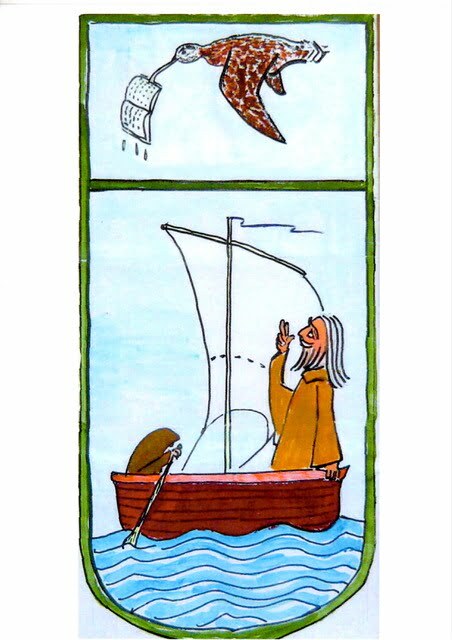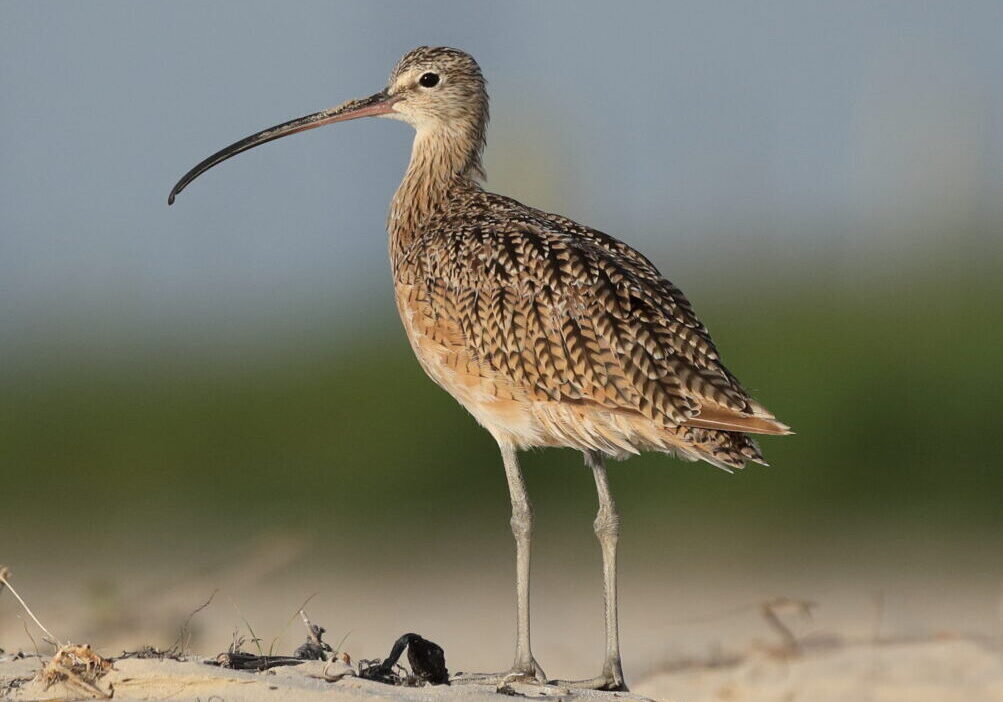Sometimes it helps to set aside a day to shine a light on something important, and for a number of reasons I chose April 21st for World Curlew Day. It happens to be the birthday of my environmental hero, John Muir, who was born in 1838. It is the average first laying date for curlews in Europe. It is also the feast day of the little-known Welsh saint, St Beuno, a holy man from the 7th Century. Legend tells us that Beuno was so grateful to a curlew for rescuing his prayer book after it fell into the sea, he blessed the bird and asked for all curlews to be protected. Who knew curlews had a patron saint? These reasons made April 21st the day I chose for the start date for my 500-mile Curlew Walk across Ireland, Wales and England in 2016, an odyssey to discover why curlews were rapidly disappearing from the UK and Ireland. My book Curlew Moon was the result. There could be no other date more suitable for World Curlew Day than April 21st.


Wendy Bramall
Curlew decline has been so dramatic over the last 30 years they deserve their own special day, a chance to raise awareness about their plight but also on the joy they bring. Since it got going in 2018, events have been held in many places across the UK and Ireland, and Curlew Action hold an annual poetry and art competition, which show just how much they mean to people. We have had some moving, delightful, funny entries – thank you to everyone. Events have also been held around the world. I deliberately made it WORLD Curlew Day because all curlew species are in trouble, in America, Hawaii, Australia and across Eurpe. There were 8 species of curelws, but now there are only 6 - the Eskimo curlew and the Slender-billed curlew went extinct in the last few decades.
Little Curlew

Slender-billed

Far-Eastern

Long-billed

John W. Garbutt
Eskimo

Whimbrel

Hugh Harrop
Eurasian

Lythe Images
Bristle-thighed

Merry Miller
Curlews are elegant harbingers of many messages. They sing of joy and passion in their evocative burbling, bubbling call in the spring, which foretells of warmer days and new life. They pierce our souls in the winter months with their ‘curlee’ calls which fire across mudflats and marshland, adding colour to grey days. But they also tell us sobering stories about the way we treat farmland and moors, the places where they breed. As ground-nesting birds they are vulnerable to so many human activities from farming practices to forestry, from leisure to development – and their dwindling numbers mean they can easily fall prey to high numbers of predators.
If we were to lose the curlew we would lose so much inspiration, joy, fascination, mystery and joy. They are part of who we are, intricately woven into our lives at many different levels. I hope you can celebrate World Curlew Day and help us spread the word, they need your help and love. Thank you.
Curlews (1983 – )
Winding back from Kielder over the Pennine tops
we listened for the curlews at narrow roadside stops
Upon the piercing wind that pinned us to the car
we heard the double-syrinx call – a plaintive from afar
It was not the biting northerly that tore me quite apart
but the sound emitted from the bird that bore into my heart
A major-minor beckoning, diminishingly heard
presents a prescient lament to future missing birds
It echoes down the decades, ululating clear
a warning to those camouflaged, the cutter drawing near
Hope is yet to sprout its feathers, yet to grow a wing
hoping to be spared the blade – this fragile speckled thing
--
Paula Knight

Ellen Labib



Pingback: World Curlew day – Curlew Action 21 April – Wolf's Birding and Bonsai Blog